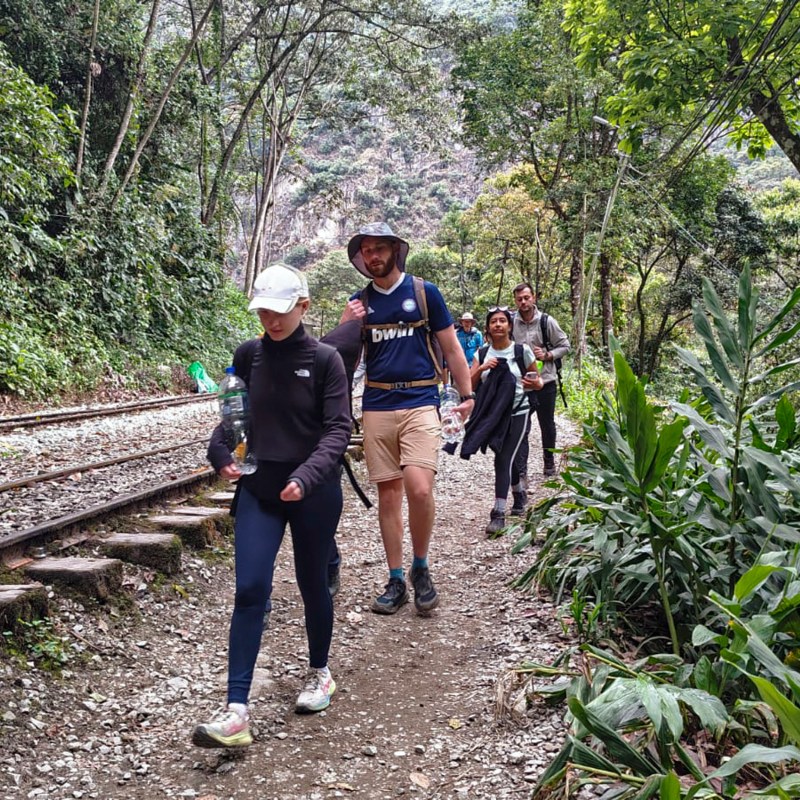
Earlier this year, Peruvian authorities laid out new operations for its famous Machu Picchu site.
Videos by TravelAwaits
As one of the New 7 World Wonders, almost 1.5 million people visit the ancient high-altitude ruins each year. That’s around four thousand visitors per day.
According to new operational guidelines laid out earlier this year, tourists can only access Machu Picchu with certified guides and visit during pre-selected time slots. The goal is to regulate the number of daily visitors while also streamlining operational standards and expectations from official guides.
The changes coincide with another major update.
For the last 30 years, Consettur bus lines have had exclusive rights to provide transportation to and from Aguas Calientes, which is the last town before the hike to Machu Picchu begins. Locals blocked the railway to protest the sudden change that didn’t consult locals.
The lapse in contract has shifted economic realities in Aguas Calientes and other areas in the Cusco region. To protest the changes, groups blocked the railway and prevented a competitor bus line from operating around Aguas Calientes on Monday, September 15.
Inside the protests at Machu Picchu
The protests left around 900 tourists stranded in Aguas Caliente with no way to return to their lodgings. Other reports claim that close to 1,500 tourists were also evacuated from the area at this time, as fears of civil unrest continued. Clashes with police led to over a dozen injuries, although no visitors were implicated.
Stranded in Aguas Calientes, some travelers undertook the long journey of hiking down the mountain toward hotels.
Rail service from PeruRail continued on Wednesday, September 17th. Since the original protests, the US Embassy of Peru has issued a warning for American travelers. Recommendations include avoiding large gatherings and demonstrations, exercising caution when close to large gatherings, and monitoring local media for updates, along with contacting any travel insurance companies for advice.
